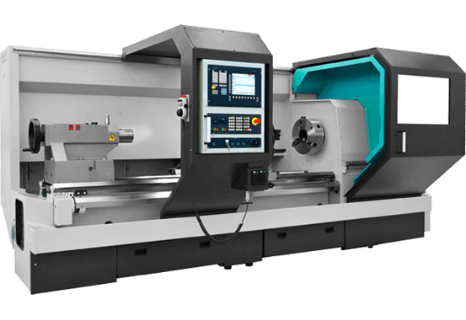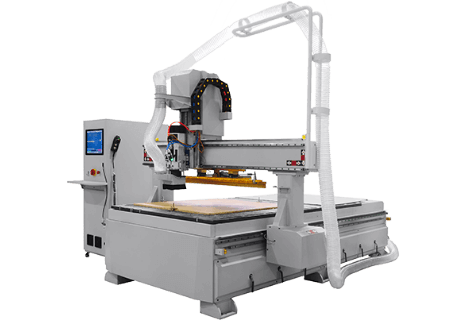A forging machine is used to shape metal using compressive forces. In most cases, the blows required are delivered by a hammer or a die. Forging machines work in one of three ways: cold forging, warm forging and hot forging. The methods that require heat involve the metal workpiece being heated before pressure is applied to shape it. More force is required for cold forging, but this method is not suitable for certain types of metal.
The workpiece is placed between two moulds in the forging machine, and pressure is applied to change its shape. A range of shapes can be made relatively quickly with forging machinery. Due to the rigorous nature of the forging process, the resultant workpiece often leaves a forging machine much stronger than when it went in.
- Forming of metal workpieces using force
- Advantages are that a minimal amount of material is required and there is a strength-increasing effect on the workpiece
- Forging due to unevenness, mainly on intermediate or unfinished products
Quality Great Offer Personalised
In most production facilities, forging machinery is used for just one part of the manufacturing process. After forging, the workpiece moves along the production line to the next item of machinery. However, ornamental blacksmithing often relies solely on forging machines to create beautiful metal ornaments with steel tubes and rods.





